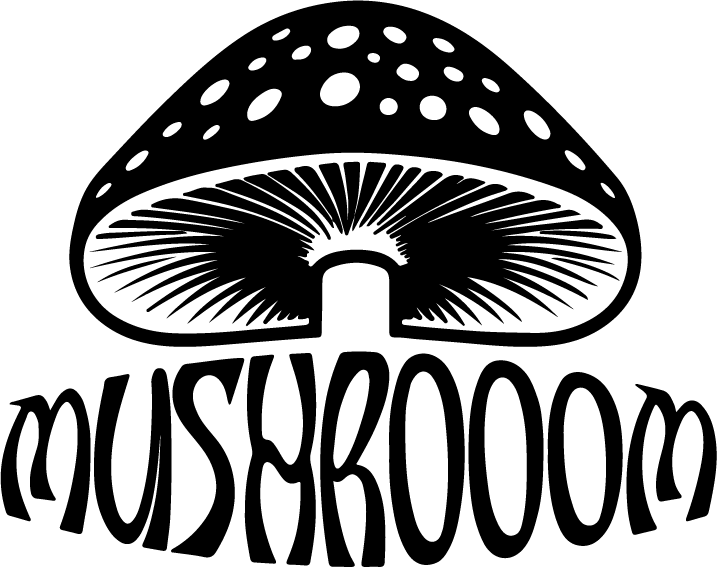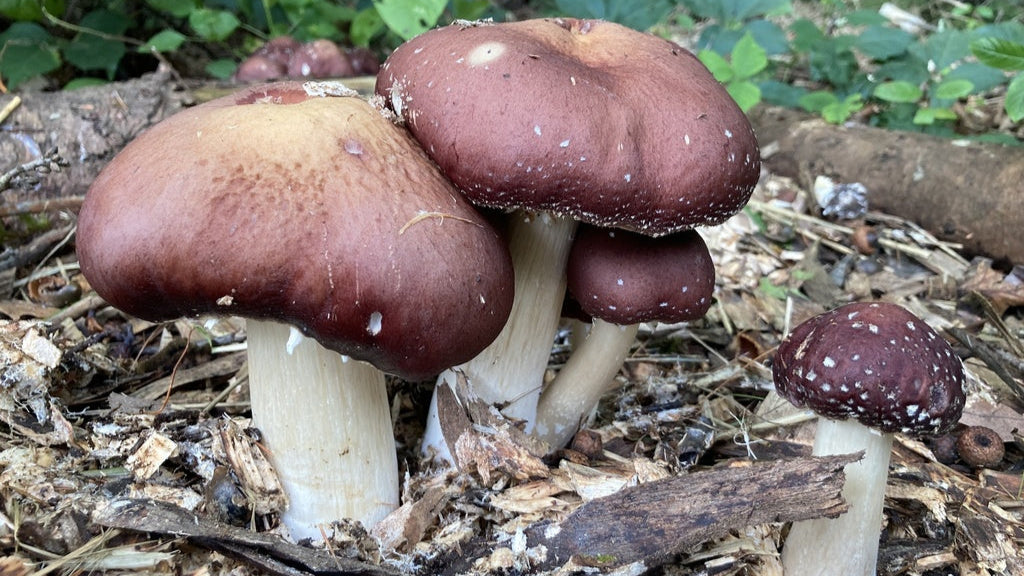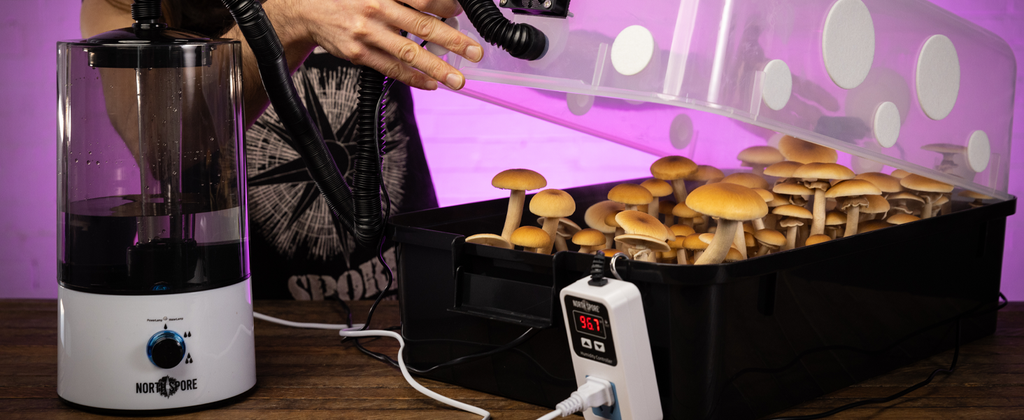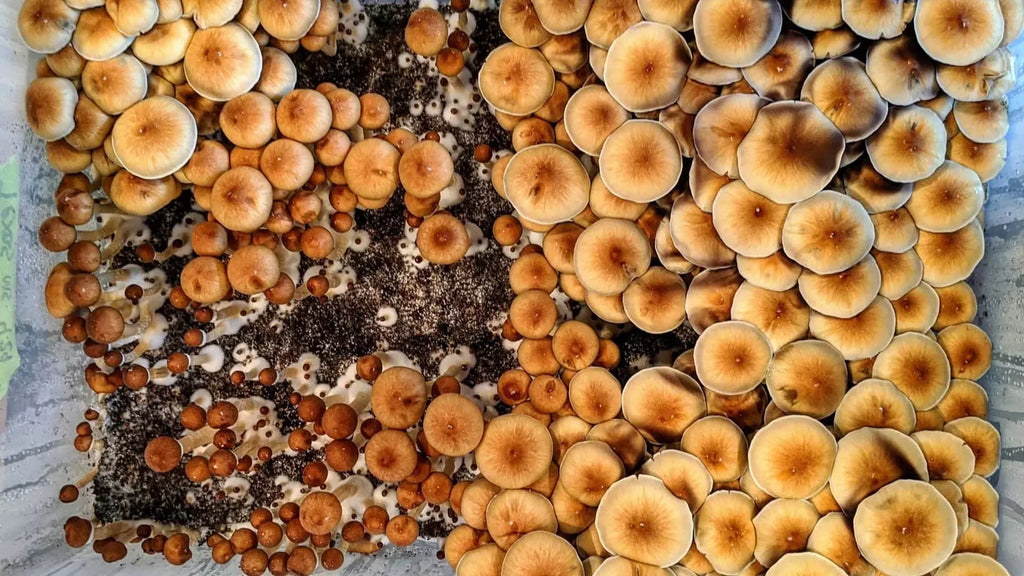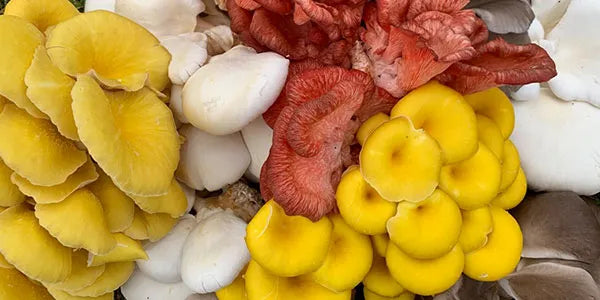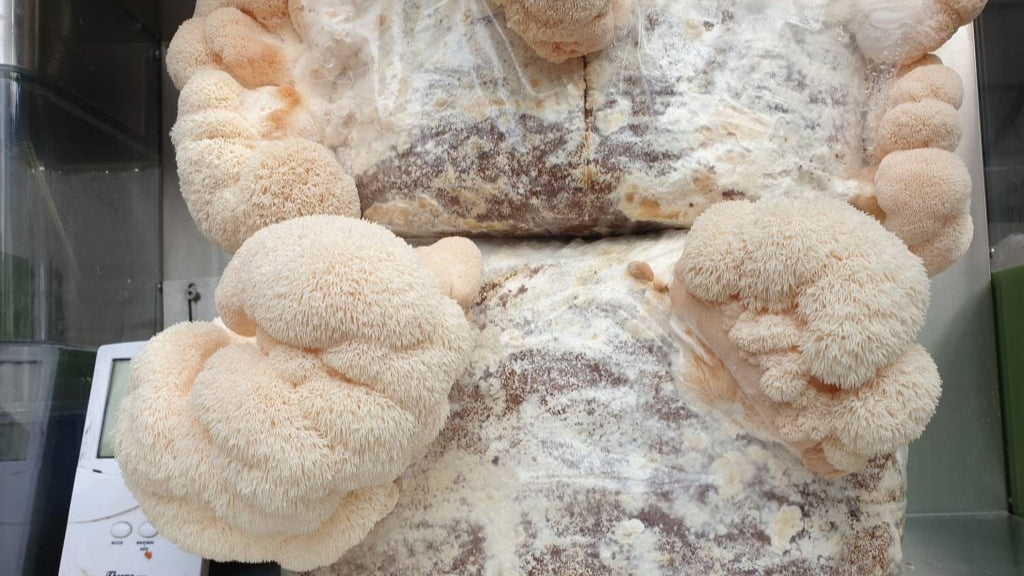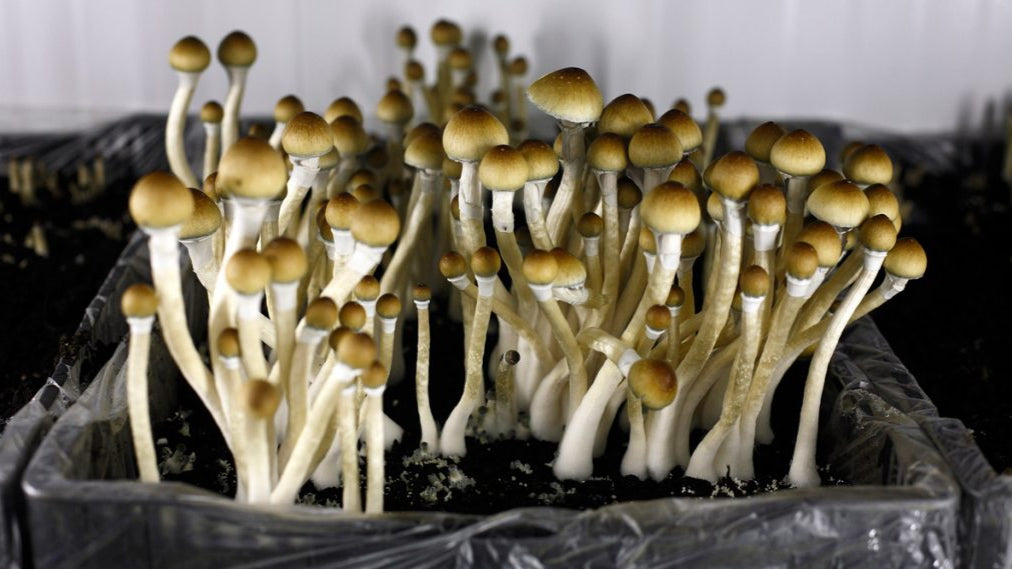
The Importance of Proper Watering for Mushrooms

A Guide for Successful Growth
When it comes to growing mushrooms, one of the most crucial factors in achieving healthy fruiting and robust yields is maintaining the right moisture levels. Mushrooms require moisture to thrive, but too much water can lead to problems like mold growth, while too little moisture can stunt their growth and lead to poor fruiting. In this guide, we'll explore how to water mushrooms properly to ensure a healthy, productive crop.
Why Is Watering Mushrooms So Important?
Mushrooms, like all fungi, need a humid environment to grow. The right moisture levels are essential for the development of the mycelium and the formation of fruiting bodies, or the mushrooms themselves. Without enough water, the mycelium may dry out, stalling growth, while an excess of moisture can create the perfect conditions for mold and other unwanted pests.
How Much Water Do Mushrooms Need?
Mushrooms need a fine balance of moisture. The general rule of thumb is that they need a consistently moist substrate but not one that is waterlogged. Here's a breakdown:
Too Much Water: Overwatering can lead to excessive moisture in the substrate, creating an environment where harmful mold can develop. Mold thrives in damp, stagnant conditions and can ruin a mushroom crop if left unchecked.
Too Little Water: On the other hand, insufficient watering can result in dry conditions, making it difficult for the mycelium to colonize the substrate properly. This can lead to weak growth or no fruiting at all.
How to Water Mushrooms Effectively
One of the best ways to manage moisture in your mushroom growing space is through regular misting. Misting helps maintain the right level of humidity in the growing area without saturating the substrate. Here are a few tips for watering mushrooms:
Mist Regularly: Light misting several times a day helps keep the humidity levels up, ensuring the mushrooms receive the moisture they need. However, avoid direct watering that could drown the substrate.
Monitor Humidity: Ideal humidity levels for growing mushrooms range from 80% to 95%. Using a hygrometer can help you monitor the humidity levels and make adjustments as necessary.
Avoid Water logging: Ensure that the growing medium or substrate is moist but not drenched. The substrate should hold moisture without becoming soggy. If you notice standing water, consider reducing the frequency of misting or improving air circulation.
Air Circulation is Key: Along with misting, proper air circulation is important to avoid stagnant, overly damp conditions that could promote mold growth. Fresh air helps prevent the buildup of excess moisture in the growing environment.
Watering During Fruiting: During the fruiting stage, mushrooms need slightly more humidity to support the growth of the fruiting bodies. Mist more frequently, but ensure you're not creating a puddle of water in the growing area.
Common Mistakes to Avoid
Over-misting: While keeping the humidity levels up is essential, too much misting can lead to water pooling and increased risk of mold. A light mist is often enough to maintain the proper moisture balance.
Inconsistent Watering: Fluctuations in humidity can stress the mushrooms, leading to poor growth. Consistent moisture levels will encourage better and more uniform fruiting.
Not Monitoring Moisture Regularly: Without regular checks, it's easy to miss the signs of overwatering or under watering. Be diligent in checking the substrate's moisture level and adjust your watering routine accordingly.
Conclusion
Watering your mushrooms properly is a delicate balancing act. The key is to keep the growing environment consistently moist without over-watering, which can lead to mold problems. By misting regularly, monitoring humidity levels, and maintaining good air circulation, you'll provide your mushrooms with the optimal conditions they need to thrive. With the right care and attention, you'll enjoy healthy mushroom growth and a bountiful harvest.
